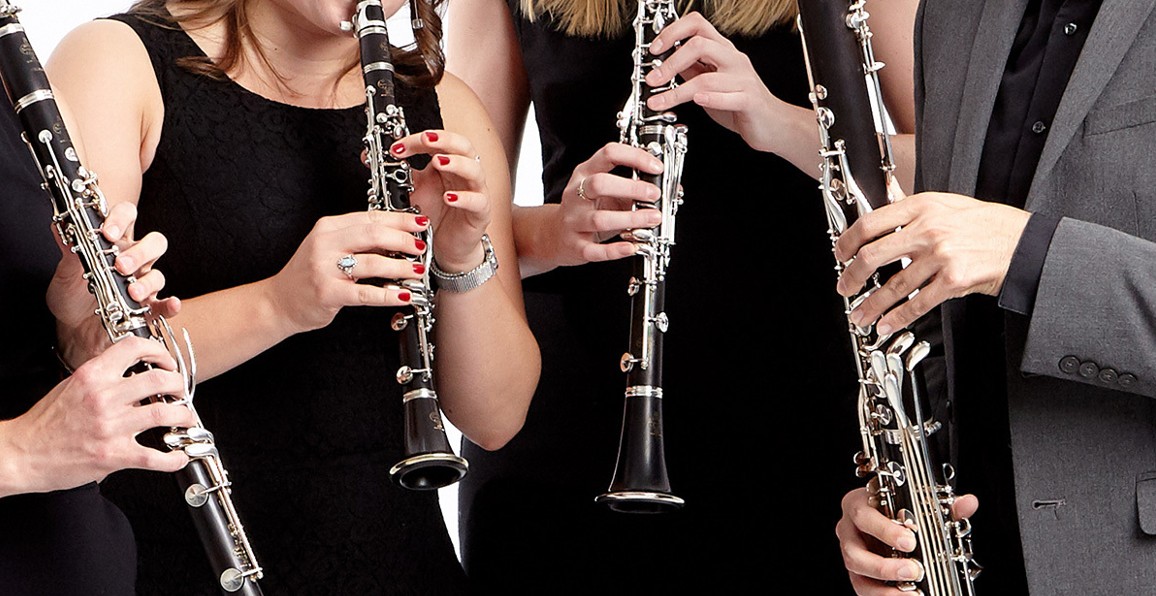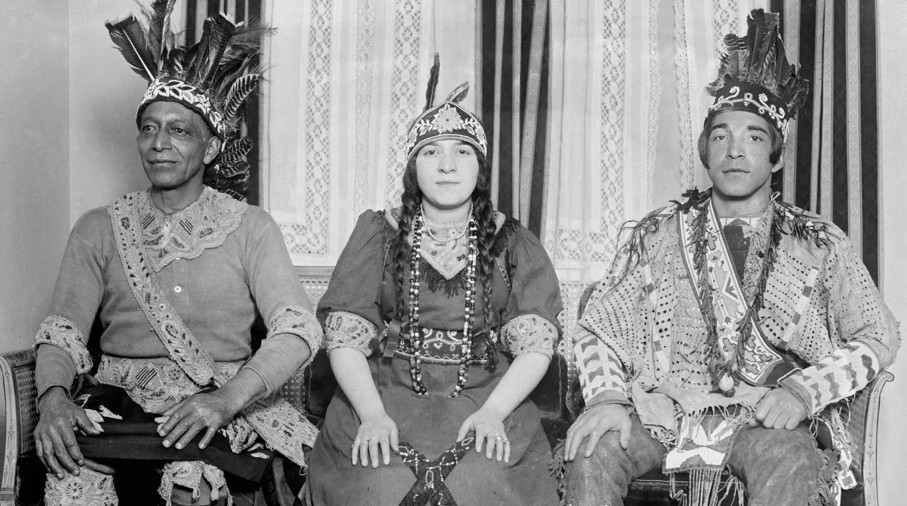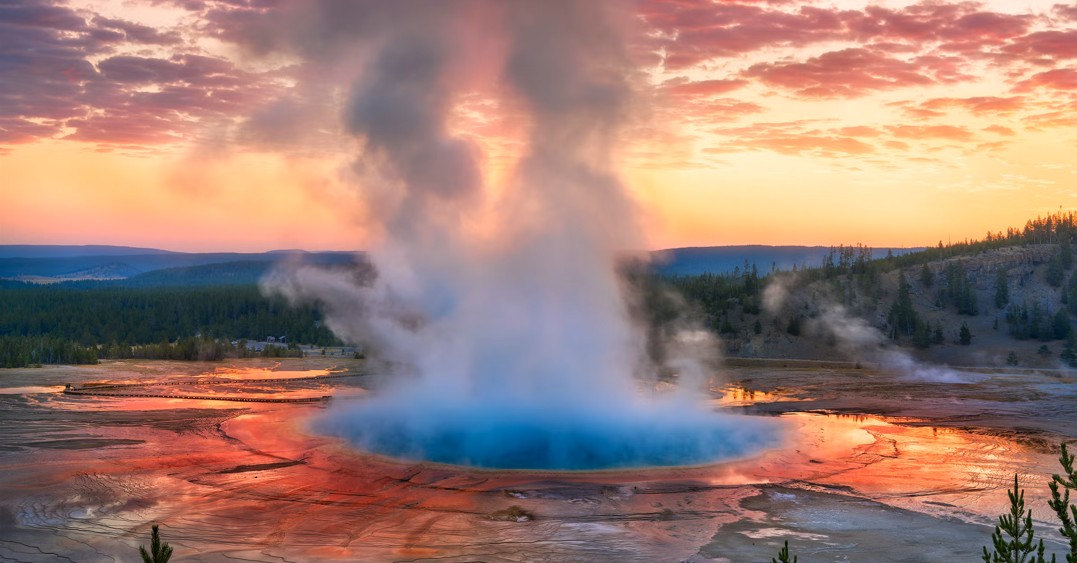
Few instruments boast the vocal beauty, the dynamic range, and the chameleon-like adaptability of the clarinet. It’s a voice that can whisper a haunting melody, sing a joyful aria, or roar with a fiery intensity, making it a beloved staple in everything from classical orchestras to jazz clubs. But how did this incredibly versatile instrument come to be? Its journey is a fascinating tale of innovation, artistry, and evolution.
The Humble Beginnings: The Chalumeau and Denner’s Breakthrough
Our story doesn’t begin with the clarinet as we know it, but with its more primitive ancestor: the chalumeau. This simple, single-reed instrument, popular in folk music since medieval times, could only play a limited range of notes. Think of it as the clarinet’s great-grandparent – charming, but not quite ready for the big stage.
The pivotal moment arrived around 1700 in Nuremberg, Germany, thanks to instrument maker Johann Christoph Denner. Denner, known for his skill in refining woodwind instruments, took the chalumeau and made a crucial modification: he added a register key. This seemingly small change allowed the instrument to “overblow” – to produce notes an octave and a third higher – effectively extending its range dramatically.
Denner’s invention was initially called “clarinette,” meaning “little trumpet,” likely because its higher register had a bright, trumpet-like quality. While still relatively crude with only a couple of keys, it was a profound leap forward, laying the foundation for the instrument we recognize today.
Finding Its Voice: The Classical Era and Mozart’s Endorsement
From these quiet beginnings, the clarinet slowly began to find its place in the musical world. As the 18th century drew to a close, instrument makers continued to refine Denner’s design, adding more keys to improve intonation and extend its playable range.
However, it was the genius of Wolfgang Amadeus Mozart that truly elevated the clarinet to prominence. Captivated by its expressive capabilities and warm tone, Mozart featured the instrument extensively in his later works. His Clarinet Concerto in A major (K. 622) and the Clarinet Quintet (K. 581), both written for his close friend and virtuoso clarinettist Anton Stadler, showcased the instrument’s full melodic potential. These masterpieces cemented the clarinet’s status as a serious orchestral and solo instrument, ensuring its place in the classical repertoire forever.
The Age of Innovation: Key Systems and the Boehm Revolution
The 19th century would prove to be a period of intense innovation for the clarinet. Composers demanded greater agility, wider range, and improved intonation, pushing instrument makers to constantly refine their designs.
- Iwan Müller was a key figure in the early 1800s, designing a 13-key clarinet that became widely adopted and standardized many aspects of the instrument.
- But the most significant revolution came in the mid-19th century with the adaptation of the Boehm system. Originally invented by Theobald Boehm for the flute, this complex system of linked keys and ring keys was adapted for the clarinet by Hyacinthe Klosé and Louis-Auguste Buffet Jeune in Paris during the 1840s. The Boehm system was a game-changer, providing unprecedented agility, precise intonation, and a more uniform tone quality across the instrument’s entire range.
While other systems like the Albert system (still used in some folk and military bands) existed, the Boehm system quickly became the dominant design, forming the basis of nearly all modern clarinets played today.
Modern Masters and Diverse Sounds: From Jazz to Contemporary Classics
With the Boehm system providing a highly capable and versatile instrument, the clarinet soared through the 20th century. Its clear, penetrating tone made it a natural fit for expanding orchestral works, but it was in the burgeoning world of jazz that the clarinet found a whole new voice.
Legends like Benny Goodman, the “King of Swing,” popularized the instrument with his dazzling technique and improvisational brilliance, taking it from the concert hall to the dance hall. Other jazz greats like Artie Shaw and Woody Herman further cemented the clarinet’s place as a cornerstone of the big band era.
Simultaneously, classical composers continued to explore its expressive boundaries. Stravinsky, Berg, Messiaen, and countless others utilized the clarinet’s unique timbral qualities, from its warm chalumeau register to its piercing altissimo. Today, the clarinet family has expanded to include instruments of various sizes, from the tiny E-flat clarinet to the imposing bass clarinet, each adding its own color to the musical palette.
An Enduring Legacy
From Denner’s modest register key to the sophisticated Boehm system, and from Mozart’s symphonies to Goodman’s swing, the clarinet’s journey is a testament to human ingenuity and the enduring power of music. It remains a beloved instrument, cherished by musicians and audiences alike for its remarkable versatility and its timeless, expressive voice. Every note played on a clarinet today carries echoes of centuries of innovation, passion, and musical artistry.





